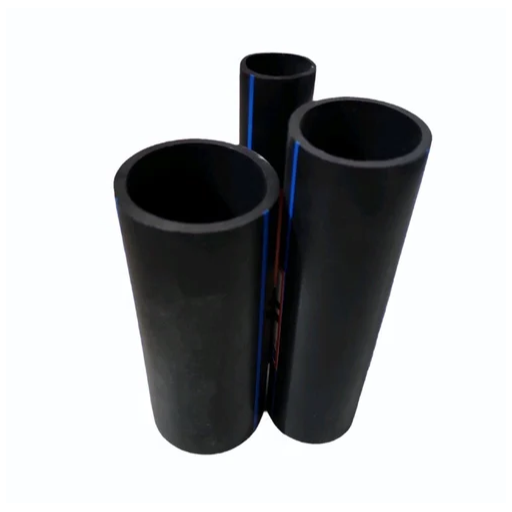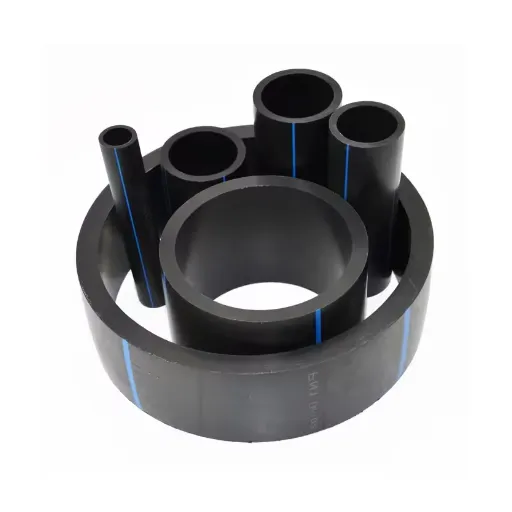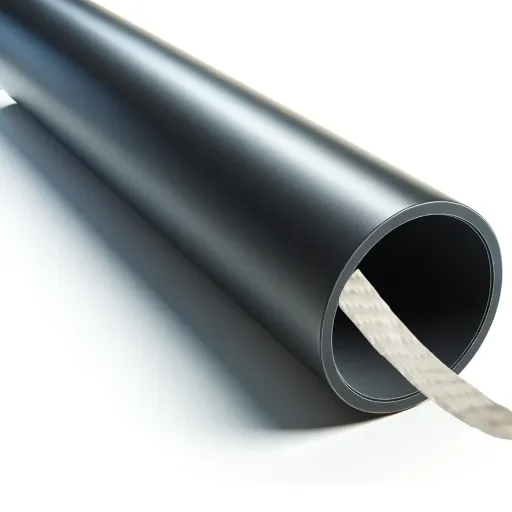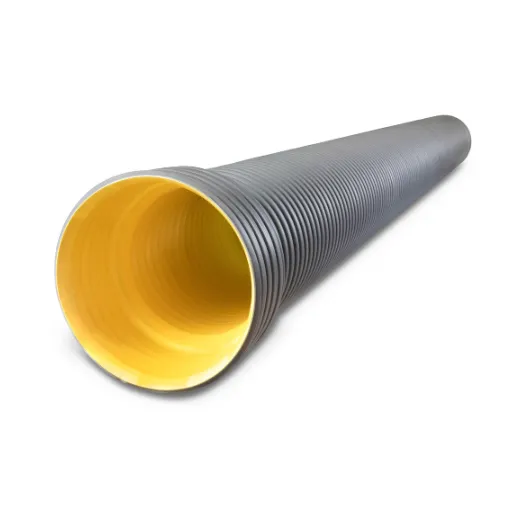High-density polyethylene (HDPE) pipes are widely recognized for their durability, flexibility, and cost-effectiveness, making them a popular choice across various industries. Understanding the price per foot of HDPE pipes is crucial for effectively planning any project as it directly impacts budgeting, installation, and overall project efficiency. This article aims to provide a comprehensive overview of the factors influencing HDPE pipe pricing, including material costs, diameter variations, industry standards, and additional expenses related to installation. By breaking down these elements, readers will gain valuable insight into how HDPE pipe pricing aligns with long-term project needs and why it is a critical consideration in infrastructure, agriculture, and industrial applications.
What is HDPE Pipe, and How is it Used?
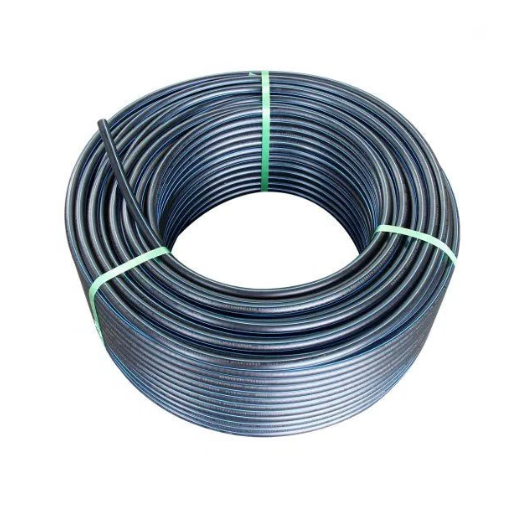
Understanding High-Density Polyethylene (HDPE)
High-density polyethylene (HDPE) is a type of thermoplastic polymer made from the ethylene monomer. It has a high strength-to-density ratio, high impact resistance, and superior chemical inertness, making it useful in many different industries. Its low density of 0.93 to 0.97 g/cm³ is what makes HDPE lightweight yet strong. It is also lightweight and strong due to its melting point of 120 to 130 degrees Celsius.
- Tensile Strength: Approximately between 20 – 37 MP levying structural capability when required.
- Flexural Modulus: About 800 MP son, a good level of flexibility and resilience capability against bending.
- Thermal Properties: Displayed good ones with a working temperature range of -40° to 60° during usage.
- Chemical Resistance: Extremely high resistance, for example to a wide array of acids, alikies and organic solvents, enables use in truck piping which is subject to severe conditions.
- UV Stabilized Grades: For outside use to prevent degradation that occurs from extended exposure to sunlight.
- Environmental Compatibility: Fully recyclable, low permeability through much contamination environmental risk is reduced.
Because of HDPE’s wide range of applications, it is useful for infrastructure (water and gas pipes), agriculture (irrigation), and industrial (chemical) uses, all the while complying with ASTM D3350 and ISO 4427 for pipes. High-density polyethylene is a highly effective material in a wide range of applications, showcasing a great cost-to-efficiency ratio.
Advantages of Using HDPE in Various Systems
The different properties of HDPE give it a substantial edge over several systems because of its characteristics:
- Corrosion Resistance: Compared to metal pipes, internal and external corrosion on HDPE pipes due to chemicals is the least of its worries. This economical longevity saves costs on maintenance even in rough surroundings such as water and wastewater systems.
- Flexibility and Ductility: Having the capability to easily be installed on even irregular terrains makes HDPE extraordinarily flexible. Fitting-free bends helps reduce the chances of cracking, making even the most complex installation tasks efficient.
- Lightweight Construction: Despite the density varying between 930-970 kg/m³, the construction is very light relative to materials such as steel or concrete. This makes handling, transporting the structure easier and cheaper while improving efficiency during on-site installation.
- High Strength-to-Weight Ratio: Even with minimal weight, the mechanical strength of HDPE is incredibly high, enabling use with high-pressure settings. Certain configurations, such as HDPE pipes, can tolerate pressure rates of up to PN25 (2.5 MPa).
- Leak-Free Joints: Seamless joints are created by using butt fusion or electrofusion techniques which aids in removing any concerns of leakage from traditional mechanical couplings or threaded couplings.
- Environmental Stress Cracking Resistance: HDPE shows the highest resistance to stress crack propagation when tested to ASTM D1693 standards. This ensures that HDPE performs well even under difficult applications.
- Chemical and UV Resistance: In addition to showing long-term resistance to abused grades of acids, bases, and other solvents, HDPE also withstands many other chemicals, making it ideal for industrial applications. It also has UV-stabilized grades for outdoor installations.
- Sustainability and Longevity: Under ideal operating conditions, the expected service life of HDPE systems can sometimes exceed 50 years. The capability of recycling the material even adds more value by encouraging eco-friendly practices.
The versatility of HDPE systems accomplishes exceptional performance in integrated systems for infrastructure, agriculture, and industrial applications, proving it to be a dependable solution for modern engineering problems.
How to Estimate the Cost of HDPE Pipe Per Foot?
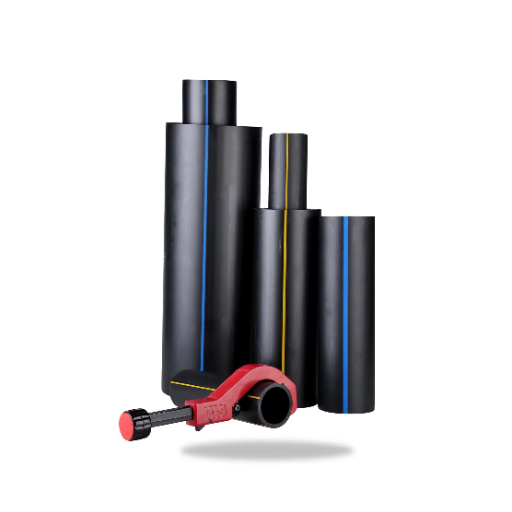
Factors Influencing HDPE Pipe Pricing
Various factors can significantly affect the cost of HDPE pipes, like pipe diameter and wall thickness. Some of the additional factors include:
- Diameter and Wall Thickness of the Pipe: Greater wall and diameter size brings in more expenses as they need a larger base material, directly affecting its cost. It is calculated based on the Standard Dimension Ratio (SDR); a lower SDR value indicates a thicker wall.
- Material Grade and Resin Type: Higher grades generally cost more because of their excellent durability and performance characteristics. Different forms of HDPE grade of resins such as PE4710 or PE100 are used with specific application trims.
- Pressure Rating: The more the pipe is designed for tolerating pressure, the more it will cost as it needs denser materials and specialized construction.
- Additional Grade Lining or Coating: These additives serve multi purposes such as UV protection or chemical resistance which enhances the performance. However, this increases the cost per foot.
- Dynamics of Market Supply and Demand: There can fluctuations in prices such as seasonal spike in demand or supply chain disruptions. Pricing of goods is affected by the availability of raw materials in a region and the cost of transportation as well.
Taking into consideration these variables and how each contributes to the total cost, it is possible to forecast HDPE pipe price with reasonable accuracy while still maintaining the highest economical of engineering for the intended use.
Calculating Cost Based on Diameter and Length
When determining the HDPE pipes’ prices according to diameter and length, the following technical details need to be taken into consideration:
- Pipe Diameter: Larger diameters mean greater use of raw materials, which increases the base cost.
- Pipe Length: Usually the longitudinal cost per foot/meter of a particular length is multiplied with the span of a length needed.
- Wall thickness and SDR: Wall thickness defines the SRD, which influences the pipes’ rated pressure, also referred to as the pressure rating. Pipes with low SDRs are more expensive because they consume more raw materials due to their thicker walls.
- Material Grade: ifferent grades of polyethylene affect durability, chemical resistance, and cost. Higher grades such as PE 100 are more expensive but offer superior performance.
- Customized specifications: Unit prices will increase with additional features such as UV stabilizers, anti-corrosion coating, or additional reinforcements.
- Manufacturing and logistics costs: These include costs incurred in production overheads, shipping distances, and installation requirements.
For each variable, one must justify their conclusions based on the technical requirements of the project so that there is no misinformation and the costs are optimally efficient.
What to Consider When Selecting HDPE Pipe?
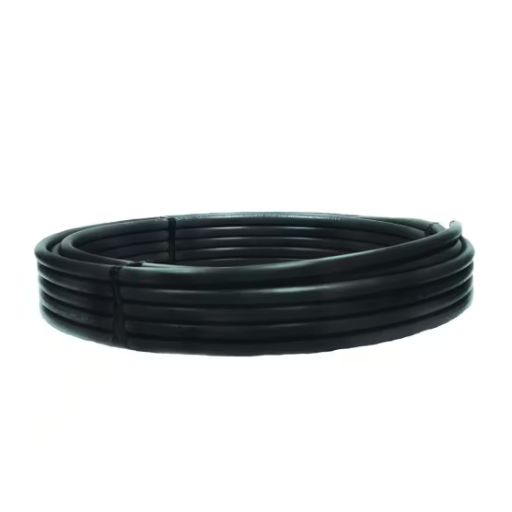
Choosing the Right HDPE Pipe Specification
- Pressure Rating (PN): Locate the pressure class of the pipe and check the working pressure level of the system. In the case of needing ten bars of pressure for a prolonged period of time, the use of HDPE pipes will be necessary and need at least a PN10 rating.
- Diameter and Wall Thickness (SDR): The wall thickness and diameter of the pipe must be proportional to the flow rate and capacity needs. Internal Standard Dimension Ratios (SDR) set the wall thickness in relation to the diameter, enabling maximisation of internal pressure and flexibility.
- Chemical Resistance: Check the fluid or gas being transferred through the piping system. For most substances, it is safe to use HDPE pipes, but if the substance is particularly reactive, check the chemical compatibility matrix to ensure that the material grade PE100 or PE4710 will not cause negative issues during reactions.
- Temperature Range: Check to confirm if the pipe will operate within the limits temperature range for HDPE pipes, which is usually between -40°F and 140°F. Higher temperature applications may need more stabilizers or modified materials.
- External Factors: Take into account factors like UV radiation, soil category, and possible physical impacts. Pipes that receive direct sunlight should have UV stabilizers, while those set in rocky soils may need stronger walls or protective layers.
In order to maintain efficiency, safety, and cost implications during the entire life cycle of the pipe system, each factors has to be defended in accordance to the specific project operational and environmental requirements.
Assessing HDPE Pipe Durability and Flexibility
The durability of HDPE (High-Density Polyethylene) pipes is greatly determined by resistance to environmental stressors related to pipe material and cosmetic factors along with installation methods. These pipes can endure both static and dynamic loads for long periods. Important technical features are:
- Density and Molecular Weight Distribution (MWD): Strength and resistance suite impacts, creat and cracking under environmental stress of an HDPE are increased provided it has a relatively more density and optimum molecular weight weight in comparison to others in the available supplies.
- Temperature Resistance: HDPE pipes withstands temperature ranging from -40F to +140F (-40C to 60C) which increases their useability in greater regions around the globe. In very extreme cases, usage of thermal modifiers might be advisable.
- UV Resistance: For pipes that come directly into the sunshine, carbon block UV stabilizers are added to the material in order to be protected from degrading for a long time.
- Abrasion And Chemical Resistance: Withstands harsh chemicals like acids and alkalis and even saline environment without corroding making HDPE nontraditional materials with superior abrasion resistance than traditional materials such as PVC or steel.
- Crack Resistance (Resistance to Slow Crack Growth): Observed by characterized the Notched Pipe Test (NPT) and environmental stress crack resistance (ESCR), these ensure long durability in high tough working conditions and allow better failure load.
Taking these factors into account, HDPE pipes can be analyzed and detailed to meet the challenging demands of a project while making certain that safety, durability, and adherence to standards is achieved for the industry.
What are the HDPE Pipe Installation Costs?
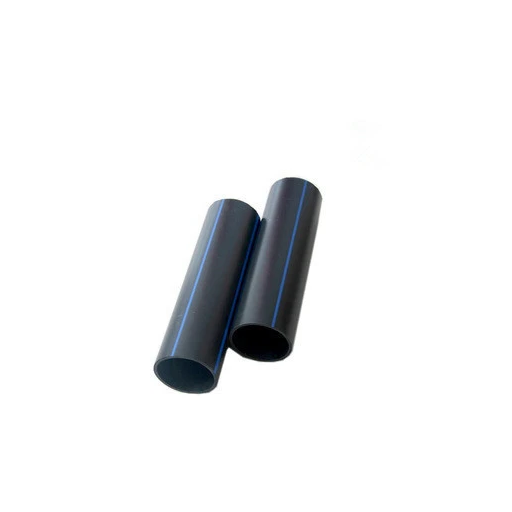
Breaking Down Labor and Equipment Expenses
A combination of labor, equipment, and site conditions all affect the installation costs of HDPE pipes. Skilled labor is necessary for pipe placement, fusion welding, and alignment, making labor expenses considerable. These activities are labor-intensive and require experience with HDPE particular installation techniques like butt fusion or electrofusion, which guarantee joint reliability and system integrity.
Fusion welding machines, trenching devices, lifting devices, and even electric saws have their specifics that dictate the overall equipment costs. For example, fusion welding machines must adhere to certain technical specifications such as temperature control (butt fusion requires temperatures in the range of 390°F to 450°F) and pressure control for joint strength. Moreover, in line with the project specifications, the trenching depth and width must accommodate the pipe diameter and safety standards, which dictate the type of trenching equipment used.
Other factors to pay attention to include the conditions of soil compatibility, its bending radius (which for most HDPE applications is 20-25 times the outer diameter of the pipe), and the coefficients of thermal expansion. Careful attention to these details can minimize costs while still providing safe and reliable HDPE pipe installations.
Reducing Installation Costs with Efficient Planning
To diminish installation charges more efficiently, I focus on a few specific strategies. To begin, I conduct careful site inspections to guarantee that I have accurate pre-construction planning. This involves checking the condition of the soil because it affects the soil’s influence on the trenching method and equipment’s choice. For example, supportive cohesive soils are more economical than unsupportive soils, which may necessitate additional shoring or trench boxes, which can impact costs.
Next, I take into account the most efficient pipe layout and the most efficient pipe jointing technique. For HDPE pipes, a major concern is the bending radius, which is usually 20 – 25 times the pipe’s outer diameter. Following this rule not only prevents pipe alteration but also aids in preventing unneeded strain or damage being inflicted on the pipe during installation.
The above-mentioned factors are also considered for the thermal expansion and contraction based on the HDPE materials coefficient of expansion, which changes by a rough 1.2 x 10-4 for each degree in Celsius. Pipes can be pulled back or fixed at lengths with no freedom to accommodate these changes, reducing costs associated with external damage to the pipes.
Finally, I organized the project outline to achieve the best combination of materials to labor productivity. For instance, joining pipes using fusion welding creates reliable joins and minimizes leakage, which reduces the expense of maintenance expense for the welded HDPE pipes. Relying on these specific measures permits me to guarantee that the installations are efficiently safe and cost-effective without having any compromises on quality and performance.
How Does HDPE Compare to Other Piping Materials?
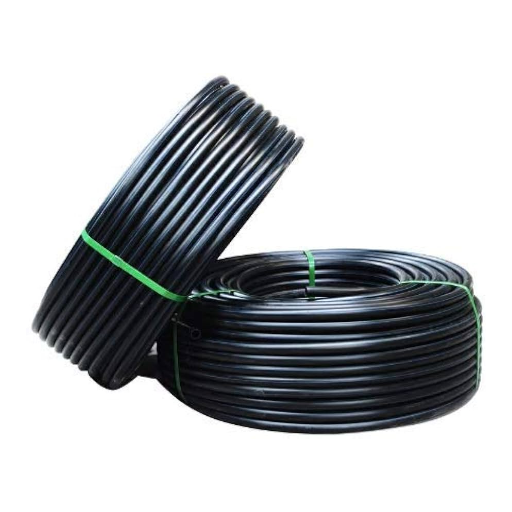
Evaluating Corrosion Resistance and Environmental Impact
When compared to ductile iron, steel, or other traditional materials, HDPE demonstrates superior corrosion resistance capabilities. Whereas metal pipes are prone to rust and pitting in highly corrosive environments, acidic, or even alkaline conditions, HDPE pipes suffer no such damages with time. Its non-metallic and chemically inert nature contributes to its resilience. For example, HDPE pipes can be exposed to acid or waste having a pH of 1.5 to more than 14 without any chemical reactions, making them useful for industrial, agricultural, and wastewater purposes.
The durability and recyclability of HDPE make it very beneficial and favorable from an environmental perspective. The material is projected to last over 50 years under standard working conditions, reducing the resource usage from frequent replacements. Also, HDPE has a significantly smaller carbon footprint during production compared to metal pipes, primarily because it requires less manufacturing energy. Its lightweight nature also reduces transportation emissions. Recycling programs for HDPE piping help the environment as the recycled HDPE piping can be transformed into other products, significantly reducing waste.
Focusing on using HDPE instead of other traditional piping materials not only increases durability but brings great long-term savings from environmental and economical aspects as well.
Exploring HDPE’s Role in Municipal Water Systems
Municipal water systems benefit from HDPE (High-Density Polyethylene) piping because of its material properties and performance traits. HDPE pipes’ flexibility and ductility allow them to endure ground movement, meaning pipeline failure is less likely to happen due to seismic activity or soil subsidence. HDPE is robust yet lightweight, with a tensile strength of roughly 3200 to 4500 psi and a density of 0.93 to 0.97 g/cm³, making it easier to transport and install.
Moreover, HDPE’s chemical resistance capabilities shield the piping from corrosion caused by chemicals and microbes, which is essential for systems subjected to differing environmental conditions. Being able to withstand 100 – 160 psi (depending on pipe diameter and wall thickness per PE 4710 designation) makes HDPE ideal for high-pressure water distribution.
Yet another advantage comes from the fusion welding capability of HDPE, which greatly decreases leakage risks by forming seamless joints. Leakage is a common problem in metal or PVC pipe systems. Research indicates that welded HDPE connections have leakage rates that are virtually non-existent, greatly enhancing water conservation.
Life-cycle analysis reveals that HDPE service life ranges between 50 to 100 years and is UV resistant which guarantees its continued durability outdoors. This means it can be used for municipal purposes. HDPE’s lower maintenance requirements alongside his flexible adaption to trenchless installation methods like horizontal directional drilling, gives added operational and economic effectiveness in comparison to traditional piping materials. This transforms municipal water infrastructure projects into more efficient undertakings.
There are sustainable, reliable, and cost-effective solutions achievable by integrating HDPE into water distribution systems in municipalities.
Reference sources
Frequently Asked Questions (FAQs)
Q: What factors influence the HDPE pipe price per foot?
A: The price per foot of HDPE pipe can be influenced by several factors, including the pipe’s diameter, wall thickness, and the specific brand. Additionally, market demand, inventory levels, and the cost of raw materials, like high density polyethylene, play significant roles.
Q: How does the installation of HDPE pipes differ from steel or concrete pipes?
A: HDPE pipes offer several advantages over steel and concrete pipes, including flexibility and ease of installation. They can be installed without the need for heavy machinery and are more adaptable to the landscape, reducing the need for extensive soil disturbance.
Q: What payment methods are available for purchasing HDPE pipe?
A: Most suppliers offer various payment methods for purchasing HDPE pipes, including credit cards, direct bank transfers, and billing accounts. It’s best to check with the supplier for their preferred payment method and any associated fees.
Q: Can HDPE pipes be used in electrical and plumbing applications?
A: Yes, HDPE pipes are commonly used in electrical and plumbing (plumb) applications due to their durability and resistance to corrosion. They are also used in HVAC systems for similar reasons.
Q: What are the benefits of using black HDPE pipes?
A: Black HDPE pipes are preferred for their UV resistance, making them suitable for outdoor installations. They also do not require additional coatings or treatments, which can reduce installation and maintenance costs.
Q: How long does it typically take to deliver HDPE pipes from the warehouse?
A: Delivery times for HDPE pipes can vary depending on the supplier’s warehouse location and inventory levels. Generally, you can expect delivery within a few business days. It’s advisable to contact the supplier directly for more accurate timelines.
Q: Are there any restrictions or approvals needed for HDPE pipe installation?
A: HDPE pipe installations may require additional approvals or compliance with local regulations, especially in urban areas. It’s essential to consult with a local contractor or regulatory body to ensure all requirements are met.
Q: How can I accurately estimate the cost of HDPE pipe for my project?
A: To estimate the cost accurately, consider the total length of pipe required, the diameter and wall thickness, and any additional components or accessories needed.
Q: Can HDPE pipes be used as an alternative to traditional plumbing materials?
A: Yes, HDPE pipes are an excellent alternative to traditional plumbing materials like copper or PVC due to their flexibility, durability, and resistance to corrosion and chemical leaching. They are also easier to install and align with modern building requirements.



